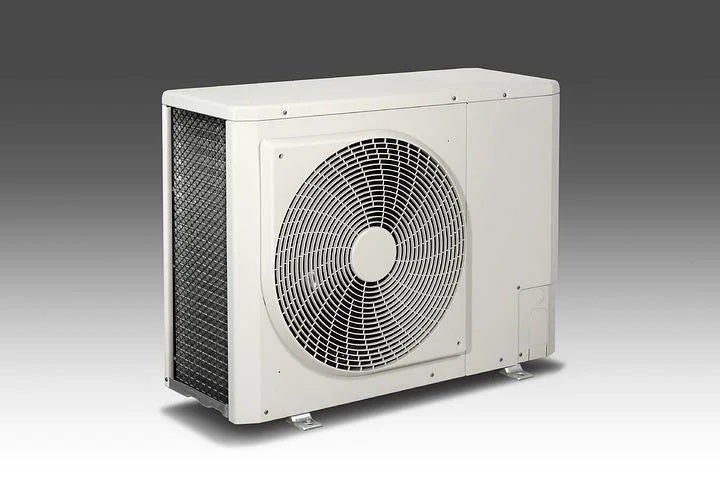Most homes across the United States and other parts of the world would be inhabitable without a functional heating, ventilation, and air conditioning (HVAC) system. You don’t need to be a technician or engineer to know that something is wrong with your AC.
Most AC problems that households encounter are pretty straightforward, and you can troubleshoot them to get the AC working again without the help of a technician. However, some issues are beyond DIY capabilities.
The following are some of the most common AC problems and how to troubleshoot them:
AC Not Turning On
For the air conditioning to work, the unit has to be able to turn on, but failure to do so is one of the most common issues HVAC units experience. You will notice that the thermostat will not engage even when trying a low setting. The cause of the AC not turning on is usually a tripped circuit breaker or loose wiring though there may be other causes.
You can troubleshoot this problem and do the repair yourself. Troubleshooting options include checking the thermostat batteries to see if they work and replacing them if they don’t.
You may also ensure the AC’s wiring is tightly connected. If the cause is a tripped circuit breaker, flip the switch off and then on to reset the circuit breaker.
AC Blowing Only Hot Air
If the AC is only blowing hot air, it may be bothersome, especially during hot summer days when you desperately need cool air. It is a typical AC problem many homes experience whose cause may be low refrigerant levels, dirty air filters, and obstruction in the AC ducts. Debris in the AC unit could also cause the compressor to overheat, leading to the production of only hot air.
Troubleshooting solutions for this issue include:
- Replacing the air filters.
- Cleaning the unit’s ducts.
- Removing debris.
- Adding more coolant.
Refrigerant or Water Leak
Every AC unit needs a coolant or refrigerant which allows it to produce cold air to cool your home. Refrigerant leaks are hard to notice because they typically occur in coolant lines. However, colored stains near the AC signify a refrigerant leak.
Degradation of coolant lines is the primary cause of refrigerant leaks, leading to uneven cooling, low efficiency, and high power consumption.
Water leaks are easier to spot as there will be moisture or water near the AC unit. Blocked drainage pipes and damaged condensate pumps are the leading cause of water leaks.
You should contact an air conditioning repair service if you have a refrigerant or water leak to avoid a damaged compressor. However, you can troubleshoot the problem by turning off the AC and finding the source of the leak. Regular maintenance of the unit is also a good deterrent.
No Cold Air Flowing
An HVAC unit should produce cold air to ensure your home is cool during the hot months. However, a typical AC problem is the unit not blowing any cold air. You may notice it by listening to the AC unit, and it may not be producing any air. If it is blowing, the air will not be cold.
The cause might be low refrigerant levels, a tripped circuit breaker, a dirty air filter, or a damaged blower belt. You can easily troubleshoot the lack of cold air blowing from the AC unit by resetting the circuit breaker or increasing the AC refrigerant. Replacing the HVAC unit’s filter is another solution, but air conditioning repair may be the best option, especially if you are not a proficient DIYer.
There are several common problems all AC units will face during their lifetime. Some of them are not blowing cool air, only blowing hot air, refrigerant & water leaks, and not turning on.
Proper maintenance is the best way to avoid such problems. If you cannot use the troubleshooting solutions above, contact an AC repair specialist as soon as possible.



















